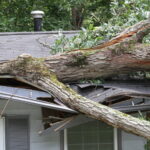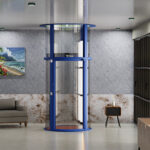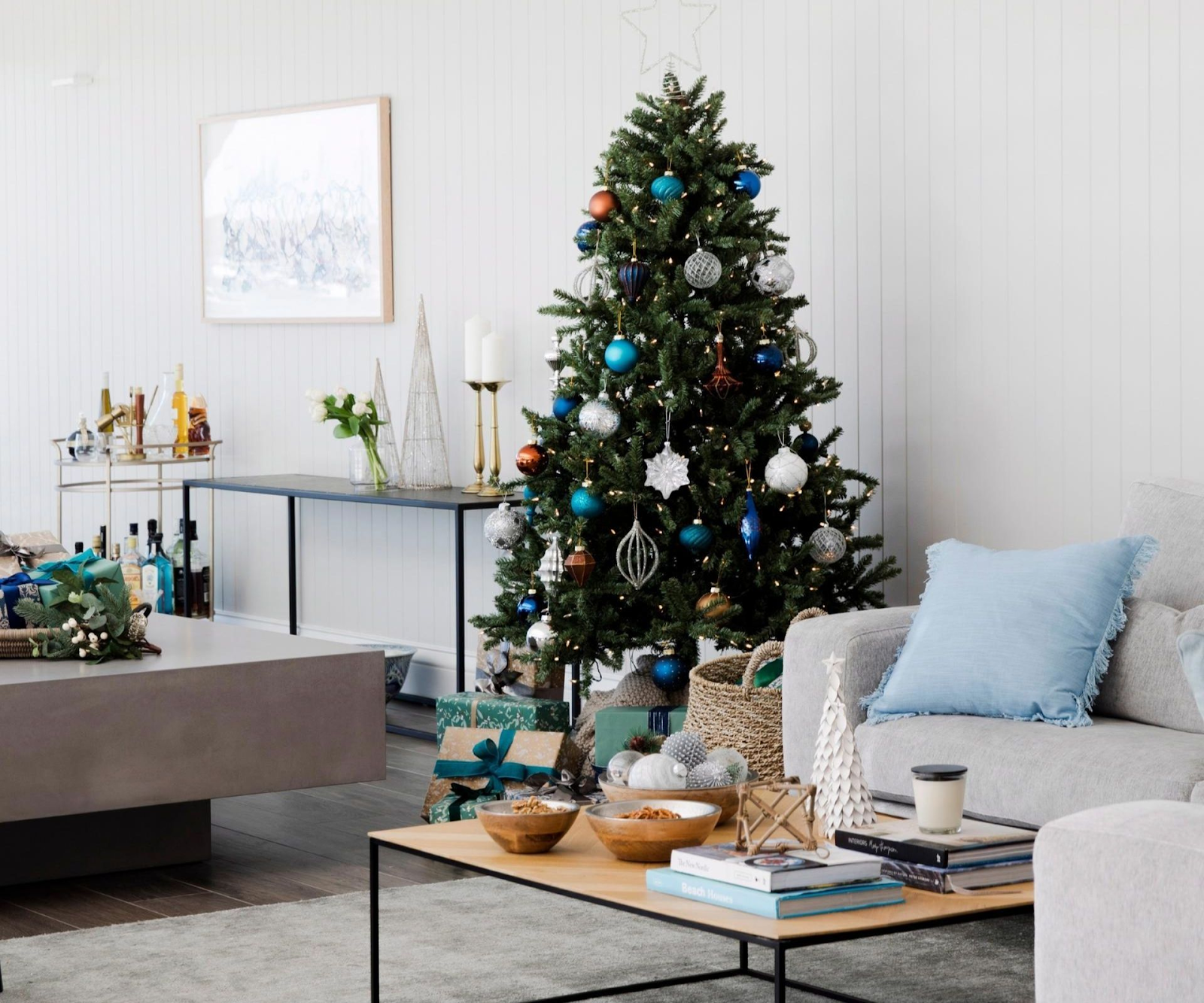Artificial Christmas trees have become incredibly lifelike, with features like extendable filler branches that create a fluffy, natural-looking foliage. Some even come with snow-dusted branches or built-in fairy lights, eliminating the yearly hassle of untangling cables. However, no matter how advanced these trees become, fluffing them is essential to achieve a realistic appearance.
Fluffing a Christmas tree is crucial to making it look as full and lifelike as possible. After being stored in a box where it’s tightly packed to save space, almost every artificial tree will need a thorough fluffing to restore its shape.
Likewise, crafter, blogger and Spotlight ambassador, Gemma Patford loves Christmas and says fluffing a Christmas tree is a crucial step when putting up the tree. “When a tree is stored in the box, it is packed and stacked to take up as little room as possible,” says Gemma. “Almost every artificial tree you can buy will require a heavy amount of fluffing.”
If you’re wondering how to properly fluff a Christmas tree, we’ve compiled some expert tips to guide you through the process.
How to Fluff a Christmas Tree
1. Wear Appropriate Clothing
While fluffing a Christmas tree doesn’t require much equipment, it’s advisable to wear a long-sleeved shirt or gloves to protect your arms from scratches. Expect some fallout from the artificial tree, so keep a dustpan and broom handy to clean up as you go—especially important if you have kids or pets around.
2. Spread Out the Branches
Whether you prefer to start fluffing from the bottom and work your way up, or the other way around, is a matter of personal preference. Some people like to spread out the branches on each layer as they assemble the tree. Begin by separating and spreading out all the fronds, starting from the bottom tier and working your way up. Don’t hesitate to give the tree a little shake to help loosen the branches.
3. Create Some Dimension
Once the main branches are roughly separated, it’s time to start fluffing. Insert your hands inside the tree and begin fluffing from the inside out to ensure every branch is attended to. For a natural look, bend each branch in different directions to mimic the appearance of a real tree.
4. Check Your Tree as You Go
Regularly step back from the tree to check for evenness and fullness. The tree should look balanced and full from all angles. Adjust the branches as needed to fill in any gaps or empty spaces.
5. Add Some Fullness
If your tree still appears a bit flat despite your best efforts, consider getting a bit creative. If the tree is slim and lacks branches, try placing decorations deeper inside the tree to cover any gaps. Another option is to add filler branches or garlands. Burlap garlands can enhance a rustic-themed tree, while faux fur garlands complement a ‘white Christmas’ theme. Tinsel, though sometimes considered outdated, can also work wonders to fill out a sparse tree, especially when it mimics pine leaves.
If tinsel isn’t your style, thick strips of fabric can be a great alternative. Choose fabric that matches the tree’s foliage, weave it between the branches, and tuck it in so it blends seamlessly. For an elegant look, consider using velvet and drape or braid long garlands of fabric into the tree as you would with tinsel.
6. Hide Flaws with Decorations
If, after fluffing and filling, you still notice some sparse areas, decorations can help. Opt for large baubles to conceal gaps, or use oversized flowers like poinsettias, magnolias, or gerberas to fill even the most noticeable holes. Replacing the existing string on your baubles with long ribbons can increase their hanging length, helping them to cover bare spots more effectively.
Choose large baubles to cover gaps, along with oversized flowers. Swap out the original strings on your baubles for longer ribbons, allowing them to hang lower and fill empty spaces on your tree. Flowers like poinsettias, magnolias, and gerberas are perfect for filling even the most noticeable gaps.










